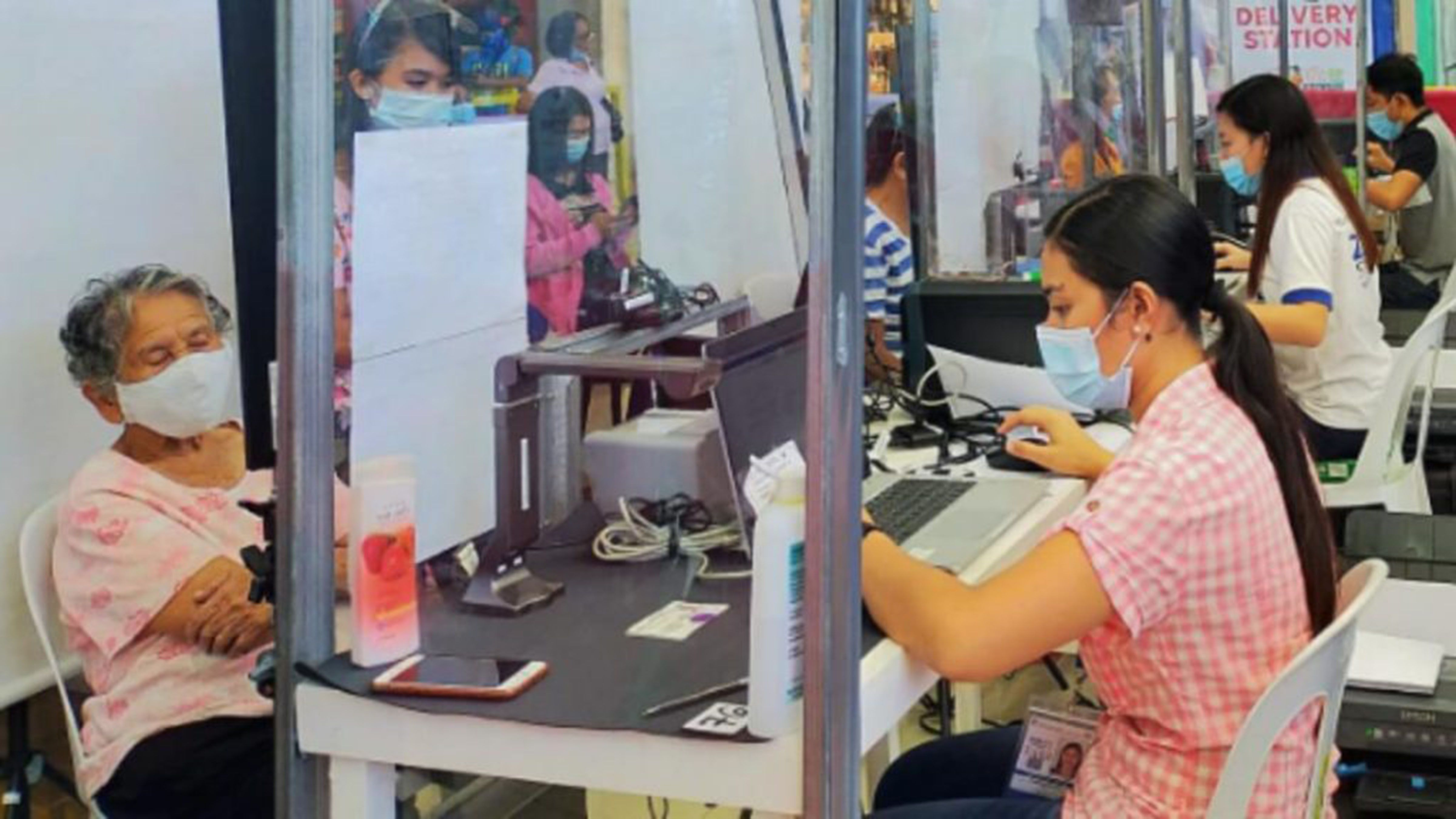From zero registrations in April 2020 or at the height of the pandemic, over 38.7 million individuals have been registered for Step 1 or the demographic data collection of PhilSys as of July 23.
Socioeconomic Planning Secretary Karl Kendrick Chua today disclosed NEDA’s target of 50 million Filipinos registered by the yearend within the unified Philippine ID System (PhilSys).
Chua said they envision this to spark a widespread use of banking services and electronic payments or transactions, thus accelerating growth of the digital economy.
Keynoting the 2021 Analytics Summit Philippines, Chua said PhilSys may also facilitate the vaccination of the general population, especially if we have to do this every year for booster shots or if we have to take this as if it were a flu vaccine, and the implementation perhaps of a digital vaccine credential in the future.
“I consider the PhilSys as a single most game-changing reform that we have ever done, and we want to help it succeed, and I hope you are all with me,” he said.
From zero registrations in April 2020 or at the height of the pandemic, over 38.7 million individuals have been registered for Step 1 or the demographic data collection as of July 23.
Some 20.1 million have completed their step 2 or biometrics capture and more than 4.8 million have applied for bank accounts.
This is additional 4.8 million families that are financially included.
Moreover, over 558,000 registrants have received their PhilID, and we will continue to deliver in the coming months and years, he said.
Covid-19 made unified ID an imperative
When the lockdowns were first imposed in March, the government acted in haste on its cash transfer program or SAP wherein P200 billion worth of subsidies were given to 18 million families or 75 percent of the population.
But institutional challenges delayed this emergency response as there was no single database to identify beneficiaries.
At the same time, 71 percent of the total adult population did not have bank accounts according to the Bangko Sentral to it became difficult to efficiently distribute subsidies. The President gave the order to accelerate the PhilSys or the National ID to provide all Filipinos a unique and digitalized ID.
Small Business Wage subsidies were also given but to distribute the subsidies government had to start from scratch that involves zero manual processing in order to avoid the delays encountered in the SAP.
To achieve this, we linked data from the Bureau of Internal Revenue and the Social Security System to generate a list of eligible beneficiaries.
Employers had to apply online and the subsidies were deposited directly into bank accounts, while those without bank accounts claimed their money in remittance centers.All this were done within the schedule.
“The SBWS was a leap forward promoting digitalization. In two months, we successfully distributed P45.6 billion to 3.1 million workers of small businesses affected by the quarantine. However, along the way, we faced two system crashes, which served as sobering reminders that the government also has a long way to go in its digital transformation,” Chua noted.
Structural Reforms
He said the reality is that we have the largest amount of data ever to be leveraged. This is both a challenge and an opportunity. According to an International Data Corporation study, worldwide data will triple to 175 zettabytes in 2025 from around 60 zettabytes today. (A zettabyte is equal to 1 billion terabytes worth of data).
“The challenge we are facing is how to effectively utilize this data, turning them into information, especially in policy-making and implementation,” he explained.
“With the roll out of the PhilSys or the National ID, more data can be leveraged. Currently, there are around 33 different identification cards issued by various government agencies, plus your company IDs, or organization, or village IDs. Local government units or LGUs also have their own databases of residents.”
With the PhilSys, there will be a single national database of all Filipinos. This will enable the government to efficiently identify beneficiaries for social protection programs, and other programs.
At the same time, the PhilSys will facilitate financial inclusion by providing every Filipino with a valid proof of identity, thereby allowing them to open bank accounts where they can be directly served through cash transfers and accessing financial services.
Tags: #NationalEconomicandDevelopmentAuthority, #PhilSys, #NationalID, #proofofidentity
